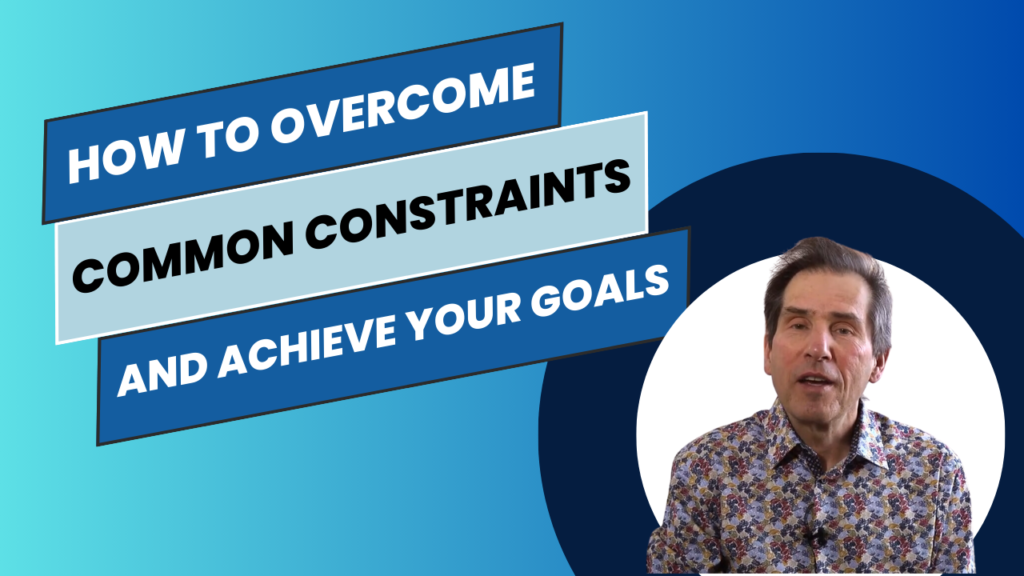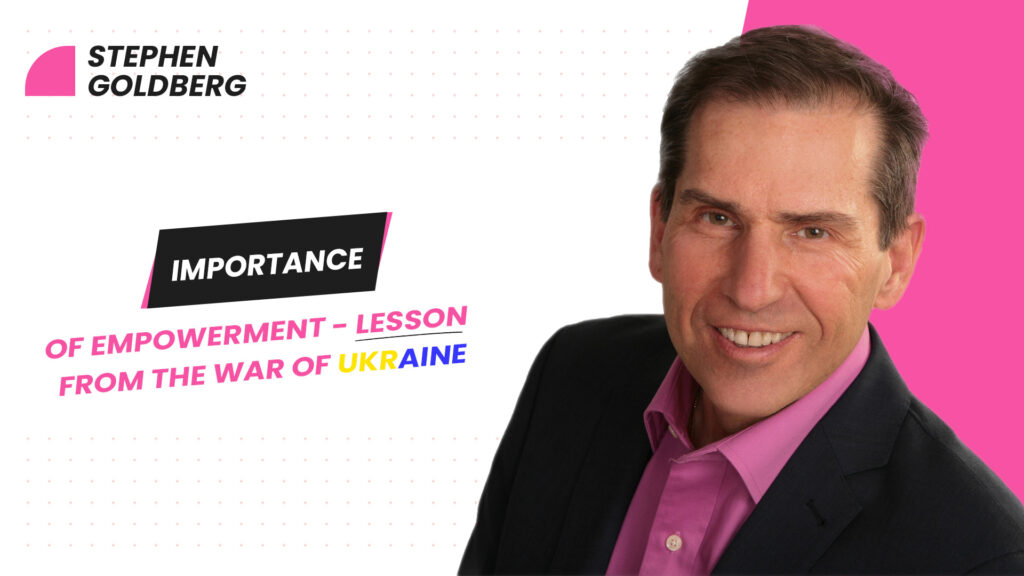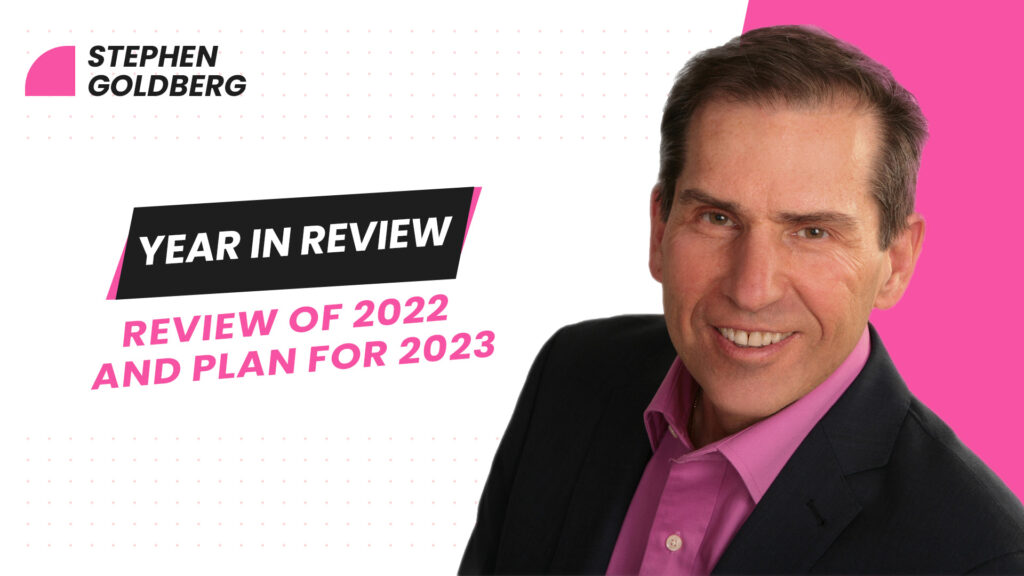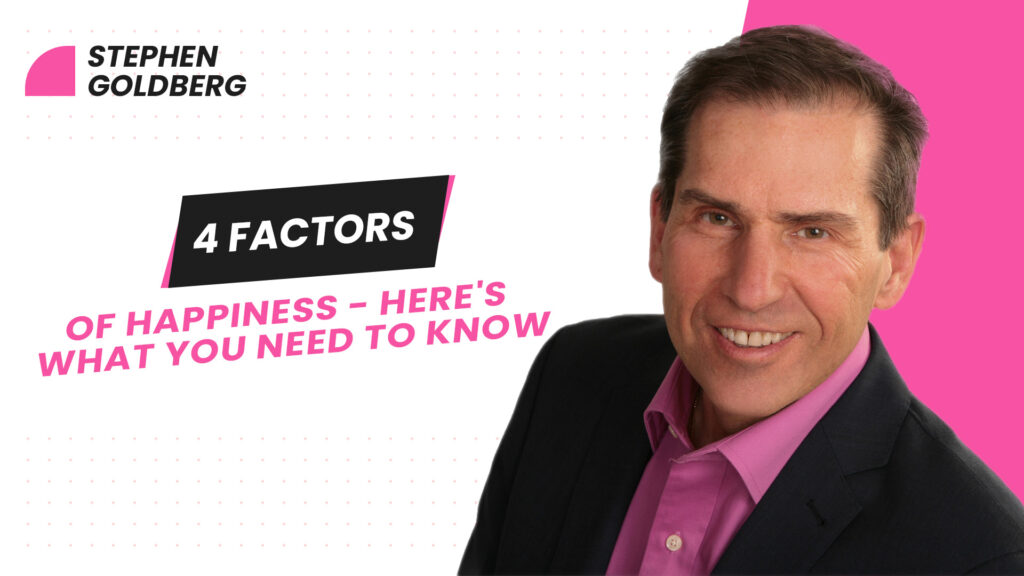
Achieving goals is a fundamental aspect of personal and professional growth. However, many individuals find themselves struggling to reach their objectives due to common constraints. In this article, we will explore three of these constraints and how to effectively overcome them, enabling you to propel towards your most important goals.
The Importance of MUST Goals
One significant constraint to goal achievement is the failure to set “MUST” goals. Often, people establish numerous goals without the commitment required to accomplish them. A “MUST” goal is precisely what it sounds like – a goal that you obligate yourself to achieve. The key motivation behind a “MUST” goal is the fear of experiencing the negative consequences of not attaining it.
For instance, consider a scenario where your company is barely breaking even, and your goal is to increase sales by 20% to generate profits and sustain growth. Failing to achieve this goal could mean financial losses that jeopardize the existence of your business. In this case, it qualifies as a “MUST” goal.
To overcome this constraint, it is essential to evaluate your goals and identify one that genuinely compels you to take action. If none exist, consider setting new goals that carry the weight of necessity. Utilizing a goal planning form can assist you in clarifying your objectives and devising a strategic plan to attain them.
Breaking Goals Down into Actionable Steps
Another common hindrance to goal achievement is the failure to break down objectives into manageable, actionable steps. Simply setting goals and recording them on paper is insufficient. If a goal is genuinely a “MUST” goal, it should consistently occupy your thoughts and inspire daily or at least weekly actions towards its realization.
To overcome this constraint, consider using a goal planning worksheet that systematically guides you through each aspect of goal setting. This worksheet should result in concrete action steps that keep you engaged and focused on your goals. By translating your goals into actionable items, you make them more attainable and less overwhelming.
Lack of Accountability
The third constraint we often encounter is a lack of accountability. Holding oneself accountable can be challenging, as urgent tasks and daily responsibilities tend to divert attention away from working on “MUST” goals. For example, the urgent needs of current customers or unforeseen problems can distract from proactive efforts to prospect for new business, even if it’s a “MUST” goal.
To mitigate this constraint, it is crucial to address it head-on. The goal planning form should include a section dedicated to identifying obstacles and their corresponding solutions. These solutions can then be transformed into action steps that help navigate around roadblocks.
Furthermore, consider enlisting the support of a “goal buddy” to enhance accountability. This individual could be a colleague, friend, or even a coach. In a mutual arrangement, both you and your buddy hold each other responsible for achieving your respective goals. This added layer of accountability can be a powerful motivator.
In conclusion, achieving your most important goals requires a strategic approach that addresses common constraints head-on. Start by identifying a “MUST” goal that compels you to take action, break it down into daily or weekly action steps, and enlist a trusted “goal buddy” to hold you accountable. By removing these common obstacles, you can propel yourself towards success and realize your most significant aspirations.
Download my goal planning worksheet here.


